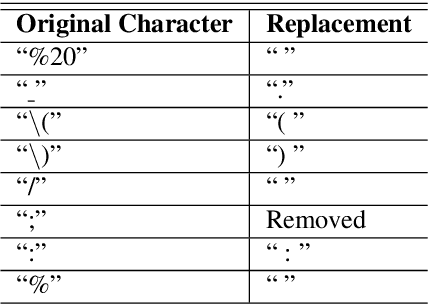Sathvik Murli
Leveraging Reinforcement Learning in Red Teaming for Advanced Ransomware Attack Simulations
Jun 25, 2024Abstract:Ransomware presents a significant and increasing threat to individuals and organizations by encrypting their systems and not releasing them until a large fee has been extracted. To bolster preparedness against potential attacks, organizations commonly conduct red teaming exercises, which involve simulated attacks to assess existing security measures. This paper proposes a novel approach utilizing reinforcement learning (RL) to simulate ransomware attacks. By training an RL agent in a simulated environment mirroring real-world networks, effective attack strategies can be learned quickly, significantly streamlining traditional, manual penetration testing processes. The attack pathways revealed by the RL agent can provide valuable insights to the defense team, helping them identify network weak points and develop more resilient defensive measures. Experimental results on a 152-host example network confirm the effectiveness of the proposed approach, demonstrating the RL agent's capability to discover and orchestrate attacks on high-value targets while evading honeyfiles (decoy files strategically placed to detect unauthorized access).
A Novel Approach To User Agent String Parsing For Vulnerability Analysis Using Mutli-Headed Attention
Jun 06, 2023



Abstract:The increasing reliance on the internet has led to the proliferation of a diverse set of web-browsers and operating systems (OSs) capable of browsing the web. User agent strings (UASs) are a component of web browsing that are transmitted with every Hypertext Transfer Protocol (HTTP) request. They contain information about the client device and software, which is used by web servers for various purposes such as content negotiation and security. However, due to the proliferation of various browsers and devices, parsing UASs is a non-trivial task due to a lack of standardization of UAS formats. Current rules-based approaches are often brittle and can fail when encountering such non-standard formats. In this work, a novel methodology for parsing UASs using Multi-Headed Attention Based transformers is proposed. The proposed methodology exhibits strong performance in parsing a variety of UASs with differing formats. Furthermore, a framework to utilize parsed UASs to estimate the vulnerability scores for large sections of publicly visible IT networks or regions is also discussed. The methodology present here can also be easily extended or deployed for real-time parsing of logs in enterprise settings.
 Add to Chrome
Add to Chrome Add to Firefox
Add to Firefox Add to Edge
Add to Edge